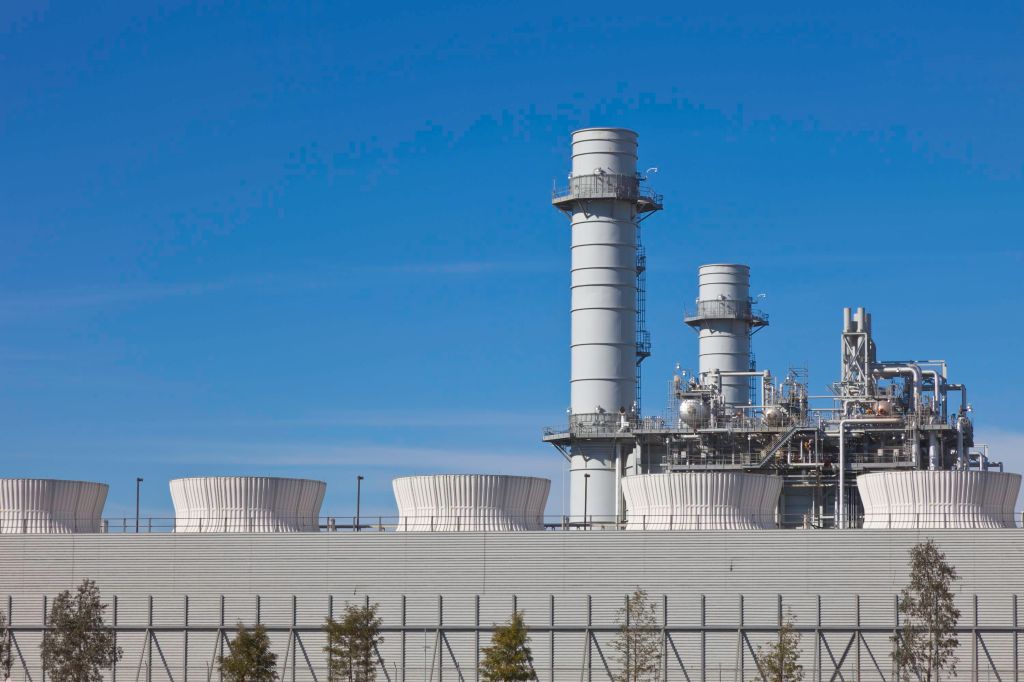In a significant move towards sustainable energy, Google has announced its investment in a 400-megawatt natural gas power plant in Illinois, designed to capture approximately 90% of its carbon dioxide (CO₂) emissions. This initiative underscores Google’s commitment to reducing its carbon footprint, especially as the energy demands of its data centers continue to escalate.
Project Overview
The forthcoming power plant is slated for construction near Decatur, Illinois, adjacent to an existing ethanol facility operated by Archer-Daniels-Midland (ADM). This strategic location offers several advantages:
– Energy Supply: Google plans to procure the majority of the electricity generated to power its nearby data centers, ensuring a stable and cleaner energy source for its operations.
– Resource Sharing: ADM will benefit from the plant’s steam and electricity, enhancing the efficiency of its ethanol production processes.
– Development Partnership: The project is being developed by Low Carbon Infrastructure, a firm specializing in sustainable energy solutions.
Carbon Capture and Storage (CCS) Mechanism
A pivotal aspect of this project is its commitment to capturing and storing CO₂ emissions. The captured CO₂ will be injected into geological formations that have been utilized by ADM’s ethanol facility for similar purposes. Notably, this site is recognized as the location of the first long-term CO₂ storage well in the United States.
Historically, the facility has managed to inject approximately 2,000 metric tons of CO₂ daily. However, in 2024, operations were temporarily suspended due to the migration of salty brine into unauthorized zones, as identified by the Environmental Protection Agency (EPA). ADM attributed this issue to corrosion in a monitoring well. Following necessary repairs and safety assessments, CO₂ injections have since resumed.
Evaluating the Efficacy of CCS
While CCS technology holds promise in mitigating carbon emissions from fossil fuel-based power generation, its real-world effectiveness has been inconsistent. A study examining 13 CCS facilities, which collectively account for 55% of global captured carbon, revealed that many underperform relative to their projected capabilities. For instance:
– An ExxonMobil facility in Wyoming, dedicated to natural gas processing, has been capturing 36% less CO₂ than anticipated.
– A 115-megawatt power plant in Canada, comparable in scale to Google’s project, has achieved only about 50% of its promised CO₂ capture rate.
These findings highlight the challenges inherent in CCS implementation and the necessity for rigorous monitoring and optimization.
Addressing Methane Emissions
Beyond CO₂, the natural gas supply chain is susceptible to methane leaks. Methane is a potent greenhouse gas, with a global warming potential approximately 84 times that of CO₂ over a 20-year period. Even minimal leakage rates, as low as 2%, can equate the climate impact of natural gas combustion to that of coal. While CCS can mitigate CO₂ emissions from combustion, it does not address methane emissions that occur during natural gas extraction and transportation. This underscores the importance of comprehensive strategies that encompass the entire lifecycle of natural gas to achieve meaningful climate benefits.
Google’s Broader Energy Strategy
Google’s investment in the Illinois power plant is part of a broader strategy to secure sustainable and reliable energy sources for its expanding operations. The company’s data centers have seen a significant uptick in energy consumption, with usage more than doubling over a four-year span. In 2024 alone, these centers accounted for 95.8% of Google’s total electricity consumption.
To address this growing demand and align with its sustainability goals, Google has diversified its energy portfolio:
– Hydropower Agreements: In July 2025, Google entered into a $3 billion deal with Brookfield Renewable Energy Partners to source 670 megawatts of capacity from two hydropower plants in Pennsylvania. This agreement is part of a larger framework that could provide up to 3 gigawatts of capacity, supporting Google’s data centers with carbon-free electricity.
– Fusion Energy Collaboration: Earlier in 2025, Google announced a partnership with Commonwealth Fusion Systems (CFS) to purchase 200 megawatts of electricity from CFS’s first commercial fusion power plant, expected to be operational in the early 2030s. This collaboration also includes Google’s investment in CFS’s funding rounds, reflecting confidence in fusion energy’s potential.
– Geothermal Initiatives: In April 2025, Google expanded its renewable energy investments by adding 10 megawatts of geothermal power in Taiwan. Developed by Baseload Capital, this project marks Google’s first geothermal investment in Asia, tapping into the Earth’s heat to provide consistent, carbon-free energy.
– Nuclear Power Ventures: Google has also explored advanced nuclear technologies. In May 2025, the company partnered with Elementl Power to develop three sites for advanced nuclear reactors, each with a capacity of at least 600 megawatts. Additionally, in October 2024, Google signed an agreement with Kairos Power to build seven small nuclear reactors, aiming to add around 500 megawatts of carbon-free electricity by the end of the decade.
Challenges and Considerations
While these initiatives demonstrate Google’s proactive approach to sustainable energy, they are not without challenges:
– Technological Uncertainties: Many of these projects involve emerging technologies, such as fusion energy and advanced nuclear reactors, which are still in developmental stages. Their successful deployment will require overcoming technical, regulatory, and economic hurdles.
– Environmental Impacts: The effectiveness of CCS and other technologies in reducing overall greenhouse gas emissions depends on comprehensive management of all emissions sources, including methane leaks in the natural gas supply chain.
– Community and Regulatory Engagement: Projects involving nuclear energy and large-scale infrastructure developments necessitate transparent communication and collaboration with local communities and regulatory bodies to address safety concerns and gain public trust.
Conclusion
Google’s investment in the Illinois carbon capture power plant represents a significant step in its journey towards sustainable energy solutions. By integrating CCS technology, the company aims to mitigate the environmental impact of its growing energy consumption. However, the mixed track record of CCS projects and the complexities of the natural gas supply chain highlight the need for a multifaceted approach. Google’s broader investments in hydropower, fusion, geothermal, and nuclear energy reflect a comprehensive strategy to diversify its energy sources and achieve its sustainability objectives. As these projects progress, continuous evaluation and adaptation will be crucial to ensure they deliver the intended environmental benefits and support Google’s long-term energy needs.



